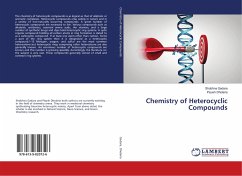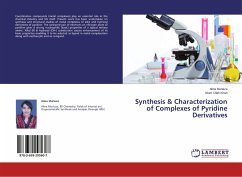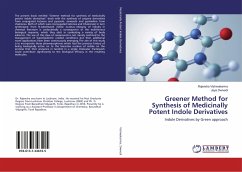The chemistry of heterocyclic compounds is as logical as that of aliphatic or aromatic complexes. Heterocyclic compounds arise widely in nature and in a variety of non-naturally occurring compounds. A great number of heterocyclic compounds are necessary to live. Various compounds such as alkaloids, antibiotics, essential amino acids, the vitamins, and a large number of synthetic drugs and dyes hold heterocyclic ring systems. A cyclic organic compound holding all carbon atoms in ring formation is stated to as a carbocyclic compound. If at least one atom other than carbon, forms a part of the ring system then it is designated as a heterocyclic compound.1-15 Nitrogen, oxygen, and sulfur are the most common heteroatoms but heterocyclic rings comprising other heteroatoms are also generally known. An enormous number of heterocyclic compounds are known and this number is growing speedily. Accordingly, the literature on the subject is very vast. These compounds generally consist of smalland common ring systems.
Bitte wählen Sie Ihr Anliegen aus.
Rechnungen
Retourenschein anfordern
Bestellstatus
Storno








